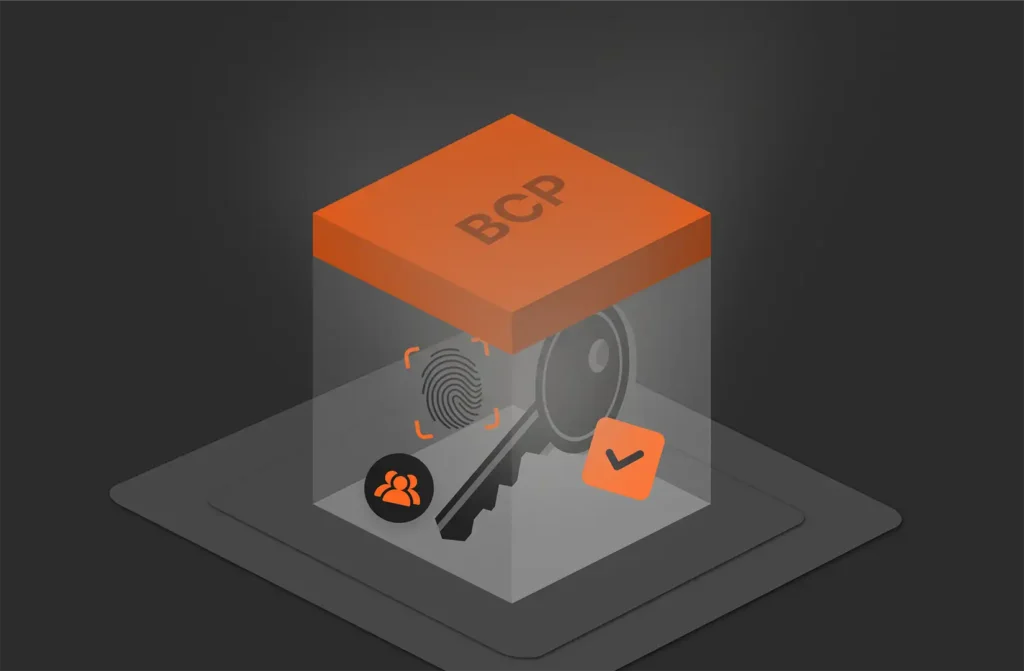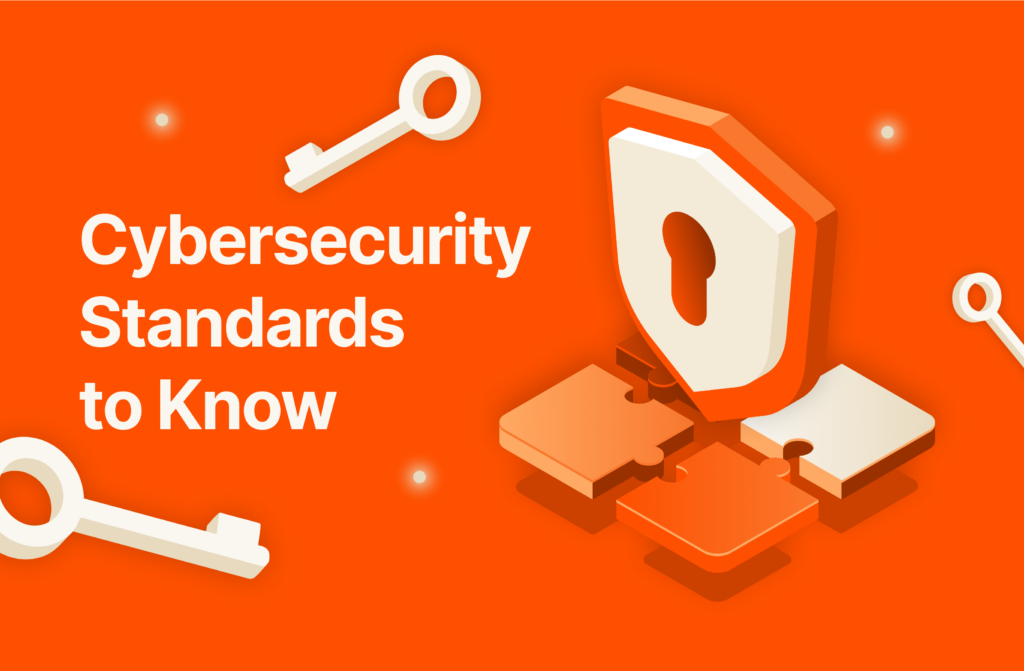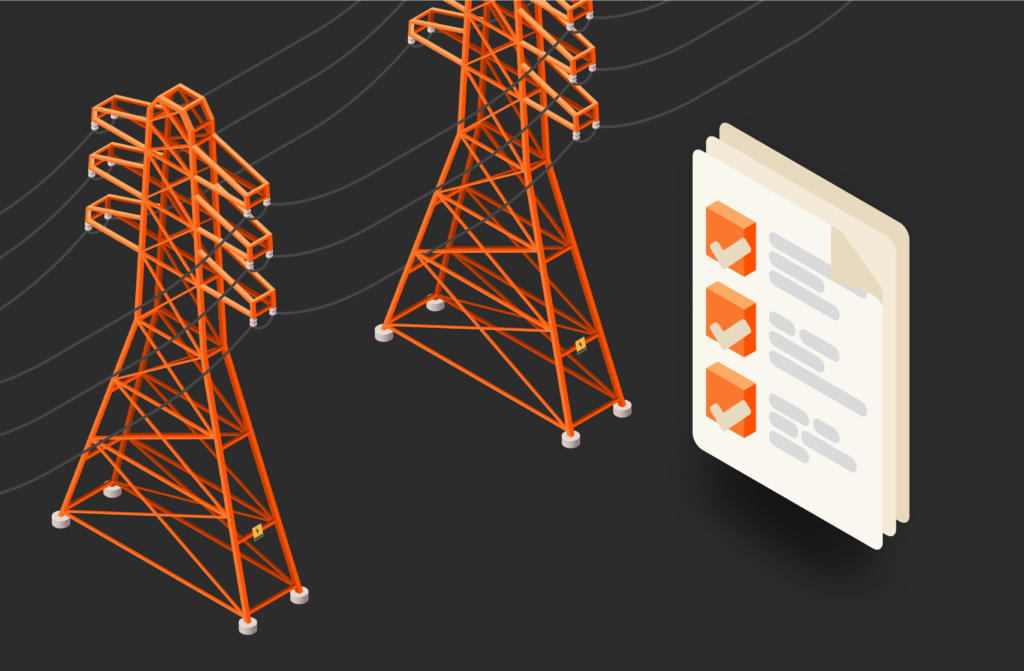Summary
Graph databases store data as a network of entities, while relational databases store structured data in columns and rows.
Graph databases and relational databases store important business data, but they differ in the way that they store the data. Relational databases store data in columns and rows, similar to a spreadsheet. Graph databases use an untraditional storage strategy called graph theory, which stores data as a network of entities. It’s much more efficient when your data is more complex than basic textual data. During application design, it’s essential to choose your database technology.
What Are Graph Databases?
A graph database stores data in a graph structure in the way that you’d look at a visual representation of data. Graph storage uses properties, edges, and nodes. Properties store information about edges and nodes. Nodes are the entities that store data, while edges represent the relationships between data. Relationships between data can be multiple connections between multiple entities, so you get a network of data. Think of a graph database as a spider web of entities and relationship connections. You can choose from open source database technologies such as Neo4j, ArangoDB, Dgraph, and Memgraph.
Multiple relationships between data reduce rigidity between entities, so a graph database is more efficient in query performance, flexible with data storage, and more scalable for complex data objects. As an example, Facebook uses graph databases for storing users, their friends, and interactions with their friends, including likes, comments, and views. This information is retrieved quickly, and Facebook does not suffer from performance even with billions of users and their interactions.

BUYER’S GUIDE, 14 PAGES
Reevaluating Your Virtualization Strategy?
Explore your options in our guide to modern virtualization.
What Is a Relational Database?
Traditional data storage uses a relational database model. In a relational database, data is stored in columns, and each record is a row with each row containing every column. The column might have no value, and this value is represented as NULL. Visually, a relational database stores data in tabular form with columns and rows. Every row has a primary key, which is a unique value in each row used to identify and link related data across tables.
Relational databases are better for structured data where each data point fits in a column. Administrators assign data types to columns, so only the defined data type can be stored. For example, you can’t store a string in a column configured to be a decimal. As an example, all WordPress sites use MySQL, which is a relational database. Relational databases are great for e-commerce, inventory, or customer service applications.
Comparison between Graph Databases and Relational Databases
When you have data that fits in defined columns, you can organize it into tables. Tables organize data in a way that’s intuitive and can link with other tables based on primary keys. Limitations are overcome with graph databases where a network of data can be linked regardless of its data type. When multiple connections are necessary using complex data objects or NoSQL, a graph database is likely the better choice.
A few key differences between the two databases:
- Query language: Relational databases use Structured Query Language (SQL), and graph databases work with languages like Cypher or nGQL (NebulaGraph Query Language).
- Scalability: Graph databases allow you to distribute queries and data across multiple servers. Relational databases do the same (called sharding), but it’s much more difficult to do.
- Performance: Relational databases require indexes to perform well during queries, which adds a layer of complexity to configurations. Graph databases use pointers and don’t rely on indexing to keep performance fast.
Choosing the Right Database
You can have both database types deployed to your environment to handle different types of applications. If you have well-defined data with a defined data type (e.g., string or number), it might be better to store it in a relational database. With relational databases, don’t forget that columns need indexes to perform well during queries. You need powerful servers to run relational databases with large data silos even if you shard storage.
For more complex data objects where data is more scattered but has relationships with several other data points, a graph database might be the better choice. If your data is likely to change and does not have a rigid structure, graph databases are better than constant changes to tables in a relational database. Graph databases have better flexibility than relational databases.
Conclusion
Research both types of databases before you make a choice because once you deploy a database solution, it’s difficult to switch to another. Graph databases give you flexibility and performance for unknown data types, while a relational database is better for a defined data structure in many applications like e-commerce. Regardless of the application, always keep your storage capacity available to support a growing database. Pure Storage offers cloud block storage solutions for structured and unstructured data, including storage savings for open source databases.
Written By:
Reduce Cloud Storage Costs
Learn more about enterprise-grade, software-defined block storage in the cloud.
![]()






